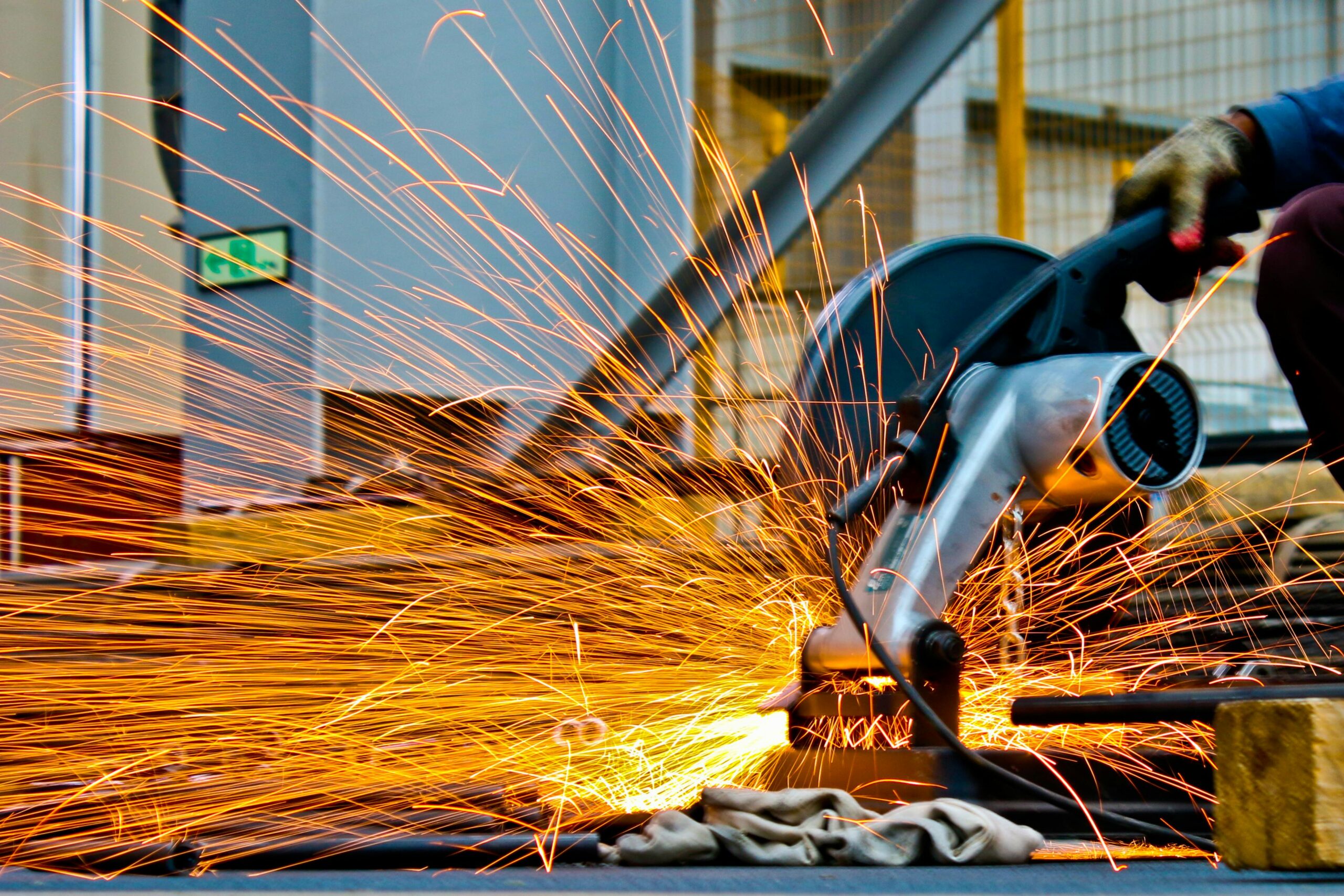Read the policy paper “Industrial transformation policies: the steel sector”
There currently exists a strategic opportunity for setting Italy’s industrial development within the context of reducing greenhouse gas emissions. In this regard, the National Energy and Climate Plan (NECP) offers a great opportunity[1].
Due to its importance from an economic standpoint (15% of GDP) as well as in terms of emissions produced (22% of the national total), it’s paramount that Italy’s manufacturing sector embarks on a development path towards decarbonisation. The regulatory and planning framework should facilitate this change.
An industrial transformation requires policies that are specifically formulated for each sector, including those which aren’t particularly energy intensive as well as SMEs, and which are designed to bring about positive change both in the short term (2030) and in the long term (2050) for the country’s entire industrial ecosystem.
Italy is the second largest steel producer in Europe and the eleventh largest in the world. In 2023, Italy produced 21.1 million tonnes (Mt) of steel.
Of this, around 18 Mt (86% of the total) is produced from steel scrap. Indeed, Italy is Europe’s largest producer of steel using electric arc furnaces to recycle steel scrap. As a result, in terms of emissions, Italy’s steel production is among the most efficient in the world, with emission factors per tonne of crude steel significantly lower than primary steel production using a coal-fired BF-BOF (approximately 2.3 – 2.5 tCO2/tsteel with the coal-fired BF-BOF compared to approximately 0.08 – 0.09 tCO2/tsteel with the EAF[2]).
Regarding primary steel production, which remains of strategic importance, both for its specific uses (construction, food tin, car bodies and chassis) as well as from a security of supply perspective as global demand for recycled steel is expected to increase in the coming years the country’s only currently operational site is the ex-ILVA facility in Taranto. As a result of continuing corporate difficulties, this site’s production levels, bearing in mind it has a production capacity of approximately 9.5 Mtsteel/year, were in the order of 3.5 Mt in 2022, and fell even further in 2023 to less than 3 Mt.
Such an industrial transformation in the steel sector would also greatly benefit companies producing technologies and materials aimed at enabling the manufacture of zero/low emission steel (hereinafter “green” steel), such as hydrogen-ready DRI facilities, or the production of carbon additive substitutes in electric arc furnaces, as well as the sector’s energy efficiency, all of which are important elements in terms of national production.
The lack of any clear objectives, within the NECP, for steel manufacturing and paths towards transforming the strategic supply chains appears even more evident in light of the public financing initiatives that exist for so-called clean-tech, such as the Inflation Reduction Act or the five-year plans in China, the Clean Technology Fund in India or the Net Zero Industry Act established within the EU.
Maintaining a steel production sector and transforming it towards “net zero” are strategic objectives for both the decarbonisation and the competitiveness of the Italian manufacturing industry. Other European steel industries (Sweden, Germany and France to name just a few) have for some time been introducing measures to convert their most emission producing processes, using an integrated approach that considers the entire production and supply chain as well as all the implications for the energy, economic and social system. Technological solutions to decarbonise steel production, to a large extent, do exist (see also A Green Steel Strategy, September 2022).
The biggest obstacle for zero/low emission or green steel is the simple fact that, within the current market, it isn’t cost-competitive. Even if the development of new facilities is financed through investment, the operating costs of green steel production exceed those of conventional steel production.
For this reason, it is necessary to devise a set of coordinated industrial policies that are assigned varying priorities and executed accordingly. Supply-side support policies should provide assistance with investment costs and then, subsequently, with the energy costs deriving from the use of natural gas (and electricity). Simultaneously, since it is more expensive to produce, regulatory, incentive and demand-side protection mechanisms must be introduced to facilitate the development of a market that can provide a vehicle for the commercialisation of green steel.
In light of the complex regulatory framework that has been developed around energy and climate objectives, this policy paper offers a perspective and a conceptual outline for defining a policy framework that’s consistent with the country’s emission reduction goals.
Read the policy paper
NOTES
[1] See also NECP A Plan for Action – Chapter 4 The Plan and the Manufacturing Industry (https://eccoclimate.org/wp-content/uploads/2024/03/Technical-report_Necp_A-plan-for-action.pdf ) and Industry and Electrification: Strategic Opportunities for The National Energy and Climate Plan (https://eccoclimate.org/industry-and-electrification-strategic-opportunities-for-the-necp/)
[2] From the IEA and sustainability reports published by secondary steel production companies detailing their emissions from the production of crude steel. The data refers only to emissions directly associated with the steel production process, it doesn’t include emissions produced during any rolling processes.
Photo by Anamul Rezwan








